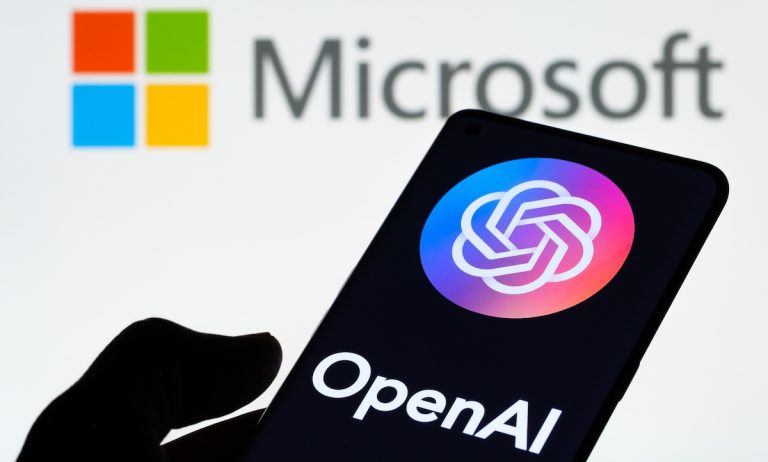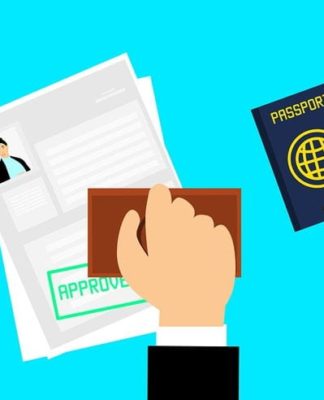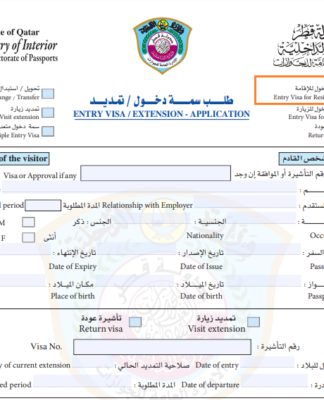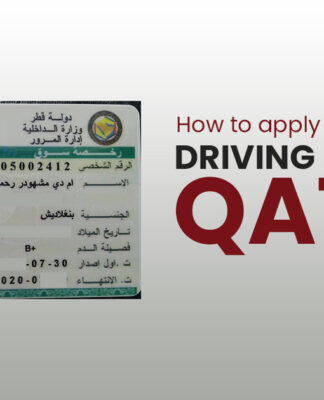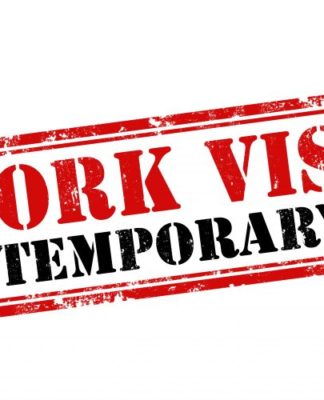Tech’s Odd Couple: Can Microsoft and OpenAI Resolve Growing Tensions?
BY PYMNTS | JUNE 14, 2023
|
Can Microsoft and OpenAI Resolve Growing Tensions?
Microsoft’s $1 billion investment in OpenAI went relatively unnoticed back in 2019.
Now, after four years and at least another $10 billion, the unlikely partnership between one of the world’s largest tech giants and a former nonprofit, research-oriented artificial intelligence (AI) company has gone on to revolutionize the business landscape.
That’s because AI capabilities are now everywhere — from evolving the White Castle and Wendy’s drive-thru experience to helping Sir Paul McCartney release a new Beatles song by isolating the voice of John Lennon from an old demo tape.
By commercializing AI-powered solutions and integrations, Microsoft and OpenAI have turned the emergent sector into one of the hottest tickets across the venture capital world.
But a Tuesday (June 13) report from The Wall Street Journal (WSJ) revealed that the partnership between the two may be far from perfect, as internal tensions between Microsoft and OpenAI continue to grow.
After all, the arrangement — with Microsoft owning 49% of OpenAI, just enough to not trigger antitrust concerns — represents an unusual setup for the tech industry, where larger firms frequently tend to snap up smaller firms and acquire nimbler innovators outright.
Read also: Drumbeat of GPT Announcements Seek to Transform Commerce and Payments
OpenAI and Microsoft’s Partnership: A Recipe for Success or Conflict?
Formed in 2015, OpenAI’s original mission was to build safe AI technology for the benefit of humanity.
The startup’s organizational structure was modified in 2019 to allow it to raise billions of dollars — mostly from Microsoft — and the firm now makes money by charging a subscription for access to its powerful generative AI tools, including the popular ChatGPT bot, and licensing its large language models (LLMs) to businesses.
At the heart of the alleged conflict brewing between Microsoft and OpenAI is a twofold paradox.
Microsoft invested billions of dollars to get early access to OpenAI’s technology and gain ground relative to other tech rivals, such as Google. But by keeping OpenAI at arm’s length, Microsoft has influence without control while OpenAI can explore partnerships with other tech companies.
This creates a situation in which both firms are trying to make money with similar products.
Microsoft sells OpenAI’s capabilities as part of its Azure cloud services and hosts OpenAI’s technology on its cloud, while OpenAI sells them directly, including to Microsoft’s incumbent and emergent rivals in the tech sector.
See also: A Tale of Two GPTs
While Microsoft was able to gain bragging rights over Google by being the first tech giant to bring its AI tools to market, OpenAI has in the meantime continued to develop partnerships that arm other companies with its AI solutions.
Salesforce now offers a ChatGPT-infused product that directly competes with OpenAI-driven features in Microsoft’s own business-targeted software, such as autogenerating personalized content to engage customers and prospects across email, mobile, web and advertising.
In effect, Microsoft and OpenAI are working both together and against each other, with most of Microsoft’s teams shut out of OpenAI’s inner workings and technical models, being forced to treat it like any outside vendor despite the billions of dollars of financial ties.
Per the WSJ report, this has led to resentment among Microsoft employees who are shut out of OpenAI’s black box and increasingly finding that their own employer has begun overlooking its internal AI projects in favor of OpenAI.
ChatGPT already has nearly double the average number of daily computer-based search sessions as Microsoft’s AI-powered Bing search does, according to YipitData.
Kinks to Be Worked out in AI Integration Into Everyday Life
The multi-decade digitization of the business landscape has produced an operational enterprise infrastructure empowering organizations ready to gather, process and scale insights by leveraging today’s emergent AI solutions.
“This really is an exciting time,” Jason Verlen, senior vice president at CCC Intelligent Solutions, told PYMNTS in an interview published Wednesday (June 14).
He explained that the business landscape is starting to leave behind the “Wave One” of AI platforms pre-trained on public data and beginning to enter what he referred to as “Wave Two.”
“Wave Two is where organizations take control, using generative AI on their own in-house data to solve narrower problems with domain-specific, secure, and high-provenance data,” he said.
Still, training model integrity and data privacy remain critical concerns around generative AI.
As Erik Duhaime, co-founder and CEO of data annotation provider Centaur Labs, told PYMNTS, “the algorithm is only as good as the data that it’s trained on.”














